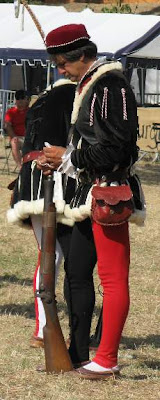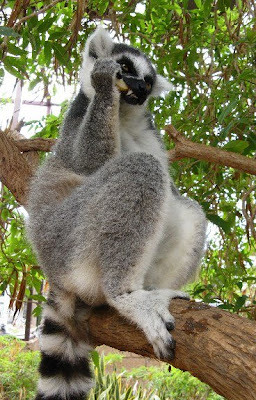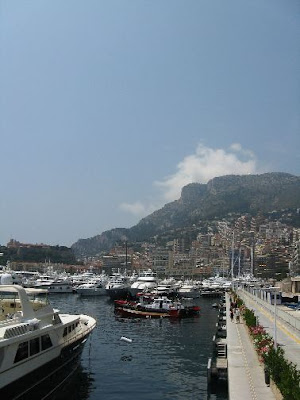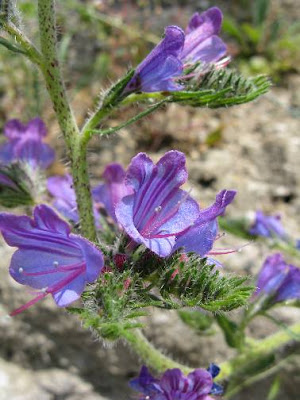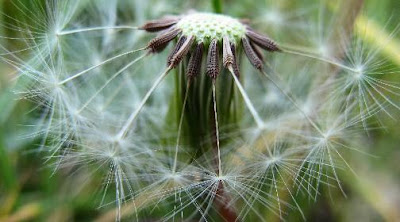This is one of a colony of feral Fischer's Lovebirds that have taken up residence in St Jean Cap Ferrat , Beaulieu and Villefranche. Fischer's lovebirds aren't the only parrots that have taken up residence - peach faced lovebirds Agapornis roseicollis, Yellow-collared Lovebird Agapornis personatus, black cheeked lovebirds Agapornis nigrigenis have all been spotted and there is some suggestion that they are interbreeding.
Lovebirds form a lasting pair-bond, hence the name. They are called 'les inséparables' in french.
They make a lot of noise in groups and they can be destructive but i think a lot of people enjoy seeing parrots flying around -though maybe not actually nesting in their eaves.

 This is an Indian silverbill Lonchura malabarica lit up as the sun was setting. as the name implies they are native to India but they have established a substantial breeding population in Nice.
This is an Indian silverbill Lonchura malabarica lit up as the sun was setting. as the name implies they are native to India but they have established a substantial breeding population in Nice.  They are very gregarious and often seen in flocks and groups. They move quickly and are very alert so these shots were digiscoped [shot through a telescope] so that i could stay as far away as possible.
They are very gregarious and often seen in flocks and groups. They move quickly and are very alert so these shots were digiscoped [shot through a telescope] so that i could stay as far away as possible.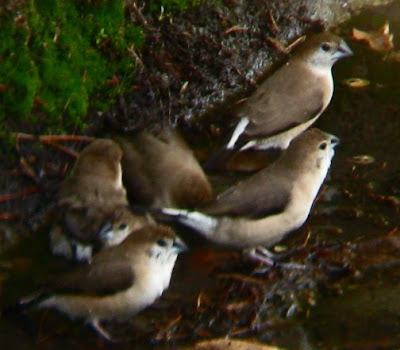 They prefer to be beside water -this group is having a bath and one is calling out that a potential threat is lurking nearby with a camera. They flew off immediately after this shot.
They prefer to be beside water -this group is having a bath and one is calling out that a potential threat is lurking nearby with a camera. They flew off immediately after this shot. A Geranium bronze butterfly Cacyreus marshalli is well camouflaged on this withered flower head. The geranium bronze is a native of South Africa where it feeds and lays its eggs on wild geranium plants.
A Geranium bronze butterfly Cacyreus marshalli is well camouflaged on this withered flower head. The geranium bronze is a native of South Africa where it feeds and lays its eggs on wild geranium plants. The butterfly was accidentally introduced into the Balearic islands in the late 80s and since then has spread along the Mediterranean coast where it feeds on Pelargonium and Geranium sp. Unfortunately, it can have many generations of offspring - up to 5 in one year- so it competes with native butterflies and also causes a lot of damage to the geranium host plants.
The butterfly was accidentally introduced into the Balearic islands in the late 80s and since then has spread along the Mediterranean coast where it feeds on Pelargonium and Geranium sp. Unfortunately, it can have many generations of offspring - up to 5 in one year- so it competes with native butterflies and also causes a lot of damage to the geranium host plants.It is not considered a pest in its native land because the numbers are well controlled by parasitoids which lay eggs in the caterpillars and eventually kill them.

Tags:






